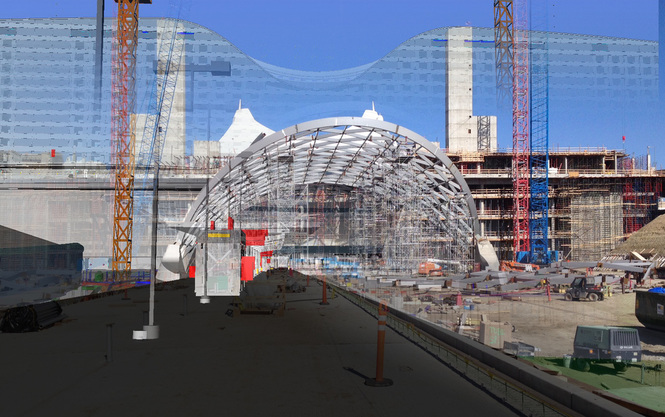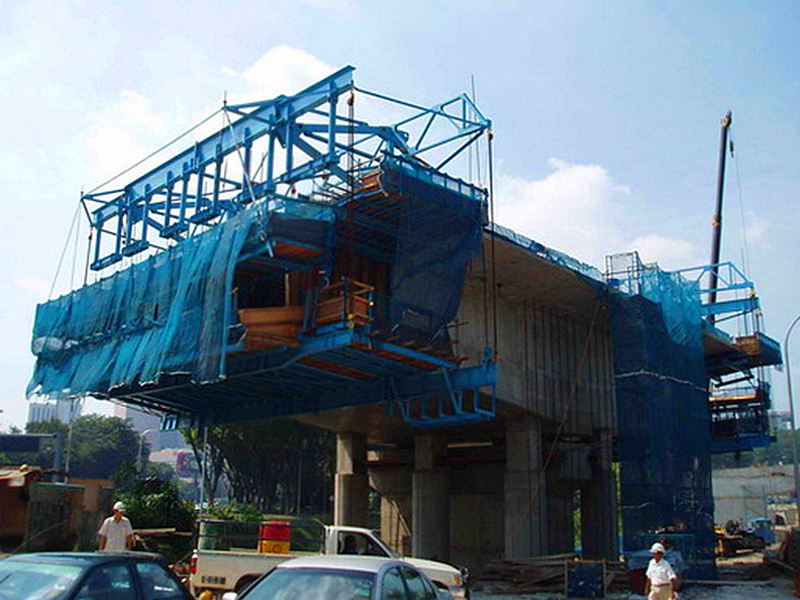
ADTO News
Working Tips For the Construction on Scaffolding in the Bridge Project
Before the scaffold erection, inspection on base plane, take the arrows in a way that within a leveling guarantee condition of scaffold in the same horizontal plane, the evenness of the stress of the frame system scaffold, the construction of guarantee each join closely placed, it is strictly prohibited to empty pick up.
In order to prevent the concentrated load of leg transfer make the cushion concrete crack, on which the mat of the wood, the wood thickness of not less than 5 cm, width is not less than 20 cm 3, base mounting stud has adjustable base, the screw and nut kneading length shall not be less than 5 clasp, and should not be extended length more than 30 cm, insert the stud shall not be less than 30 cm in length.
Poling between the base and the wood, the wood and hardening the ground should be stick, can not have the basis and loose. According to the design layout poling, has the bearing stud must be long, no overlap. Only pass up and down and for the set-up of the auxiliary construction frame scaffolding can be used in addition to top the top step lap, the rest of the each layer of each step must adopt butt joint fasteners.
Stud on the docking fasteners should be staggered, two adjacent stud connectors should not be set within the synchronization, synchronization across a vertical rod inside the two joints in the height direction of stagger distance apart should not be less than 50 cm, the distance form the centre of the joint to the master node should not be greater than 1/3 of the interval.
When the poling 20 m, the deviation is not more than 200 H/(mm).When the poling H≥20 m, the deviation is not more than 300 H/(mm), and total height of the vertical deviation is not more than 100 mm.5, each build a layer of poling, qualified through inspection, for the erection of beams and longitudinal rod.


 Live Chat
Live Chat


